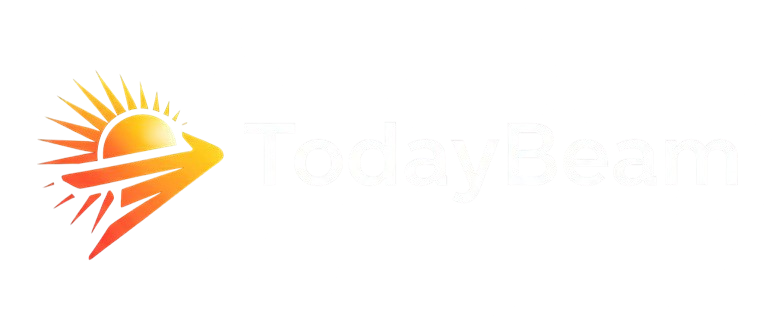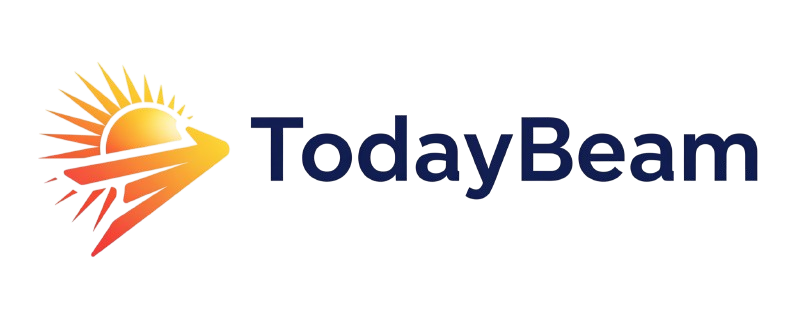In the fiercely competitive landscape of short-form video, Rumble has carved a niche that defies conventional wisdom. By prioritizing ecosystem design over user acquisition and attention-based monetization over viral virality, the platform has positioned itself as a counterpoint to TikTok’s algorithmic chaos and YouTube’s ad-driven hegemony. For investors, Rumble’s strategic architecture—rooted in creator independence, political neutrality, and decentralized governance—offers a compelling case study in how platform economics can be reimagined to align with long-term value creation rather than short-term engagement metrics.
Ecosystem Design: The Rumble Playbook
Rumble’s ecosystem is built on three pillars: creator sovereignty, attention retention, and monetization diversification. Unlike TikTok and YouTube, which rely on centralized algorithms to curate content and attract advertisers, Rumble’s platform architecture is designed to empower creators with control over their audiences and revenue streams. By offering a 60% ad revenue share to creators—significantly higher than YouTube’s 45%—Rumble fosters a symbiotic relationship between content producers and the platform. This model not only incentivizes high-quality, niche content but also aligns with the preferences of politically engaged users and de-platformed creators who value autonomy over conformity.
The platform’s proprietary Rumble Rank algorithm further differentiates it. Instead of prioritizing views or shares, Rumble Rank emphasizes watch time and interactions (likes, comments, shares), rewarding content that sustains user attention. This design choice reflects a deeper understanding of attention-based advertising: retaining users is more valuable than capturing fleeting clicks. In Q1 2025, Rumble reported 8.5 billion minutes watched per month, with user retention post-2024 election cycle at 87%—a stark contrast to the 60% retention seen after the 2022 midterms. This resilience underscores the platform’s ability to cultivate a loyal user base, a critical asset in an era where attention spans are increasingly fragmented.
Monetization: Beyond the Ad Dollar
Rumble’s monetization strategy is a masterclass in diversification. While its ad revenue share is competitive, the platform has expanded into subscription-based models, community-driven funding, and content licensing through acquisitions like Locals.com. In Q1 2025, subscription revenue grew by $3.6 million, accounting for a significant portion of the platform’s 34% year-over-year revenue increase. This shift toward recurring revenue streams reduces reliance on volatile advertising markets and positions Rumble to weather macroeconomic headwinds.
Moreover, Rumble’s Rumble Wallet—set for a 2025 launch—aims to integrate cryptocurrency and digital asset management, further diversifying its monetization toolkit. The platform’s partnership with the Government of El Salvador for Rumble Cloud services highlights its ambition to become a global infrastructure provider, a move that could unlock new revenue channels in emerging markets.
Competitive Advantage: Niche vs. Mass
TikTok and YouTube dominate the short-form video space with their scale and virality-driven models. TikTok’s Creator Rewards Program, which pays $0.40–$1.00 per 1,000 views (compared to Rumble’s $0.34 ARPU in Q1 2025), and YouTube’s 55% ad revenue share for long-form content make them formidable competitors. However, Rumble’s strength lies in its anti-establishment identity. By catering to a segment disillusioned with the moderation policies and monetization constraints of mainstream platforms, Rumble has built a defensible niche that is less susceptible to commoditization.
TikTok’s algorithm-driven virality and YouTube’s search-centric discovery model are optimized for mass appeal, but they struggle to retain users who prioritize ideological alignment over entertainment. Rumble’s 59 million MAUs may pale in comparison to TikTok’s billions, but its retention rates and engagement metrics suggest a more sustainable user base. The platform’s recent partnerships with the Tampa Bay Buccaneers and the White House also signal growing mainstream acceptance, a potential catalyst for market share growth.
Investor Implications: Balancing Risk and Reward
Rumble’s path to profitability is not without challenges. Its net loss of $2.7 million in Q1 2025, though an improvement from $43.3 million in Q1 2024, highlights the need for disciplined cost management. Additionally, declining ARPU and the complexities of scaling a niche platform pose risks. However, the company’s $318.7 million liquidity (including $17.4 million in Bitcoin) provides flexibility for strategic investments and debt reduction.
For long-term investors, Rumble’s ecosystem design and attention-based monetization model offer a unique value proposition. The platform’s ability to retain users in politically charged environments—where engagement often spikes during events like elections—positions it to capitalize on cyclical demand. A
Conclusion: A Platform in Transition
Rumble is not a TikTok killer or a YouTube alternative. It is, however, a platform that has redefined the short-form video market by prioritizing ecosystem health over user metrics and creator independence over algorithmic control. While its market share remains small, its strategic positioning as a censorship-resistant, monetization-friendly alternative to dominant platforms gives it a fighting chance in a fragmented digital landscape. For investors willing to bet on the long-term value of attention retention and decentralized governance, Rumble’s ecosystem-driven approach is worth watching—and potentially, a strategic addition to a diversified portfolio.


